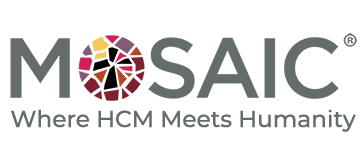Remember when experience was everything?
Today, being seasoned isn’t enough. In fact, experience without adaptability can actually hold you back. Business landscapes are shifting faster than ever—AI, automation, hybrid work, economic uncertainty—and the rules of success are being rewritten in real-time. The organizations that are thriving? They’ve got one thing in common: agile people.
At Mosaic Consulting Group, we’ve helped hundreds of companies navigate complex transformations. And time and again, we’ve seen one truth play out: Agility is the real differentiator.
So What Is Workplace Agility, Really?
Workplace agility isn’t about being fast or flexible in a vague sense. It’s the ability to respond strategically to change—without chaos, burnout, or breakdowns. It’s employees who pivot, not panic. Managers who shift gears and keep their teams aligned. Leaders who see disruption and think, “Opportunity.”
Agile teams don’t just survive disruption—they grow through it. They adapt, innovate, and move forward when others freeze.
Experience Gets You In the Door. Agility Keeps You Relevant.
A resume full of accolades means less today than the ability to:
-
Learn something new every quarter
-
Shift strategies without resistance
-
Communicate across time zones and cultures
-
Stay calm when the playbook gets thrown out
That’s why we coach our clients to build agility into their teams—not just skills.
The 6 Traits of an Agile Workforce
We’ve identified six core traits that set truly agile professionals apart. These aren’t “nice to have”—they’re your competitive edge in a disrupted world:
1. Elastic Resilience
It’s not just about bouncing back—it’s about adapting while under pressure. Agile employees don’t just recover; they reorient and re-engage quickly, with purpose.
2. Solution-Driven Creativity
Agility thrives on inventive thinking. When the old answer doesn’t work, agile professionals bring options to the table, not excuses.
3. Strategic Adaptability
Knowing when to pivot is a superpower. Agile individuals read signals early and change course without waiting for permission.
4. Learning Reflexes
Agile workers don’t wait to be trained—they self-initiate. From mastering new software to learning cross-functional skills, they treat growth like a daily habit.
5. Social Intelligence
Empathy and timing matter more than ever. Agile professionals read people and situations, adapt their tone, and know how to get buy-in from different audiences.
6. Global Awareness
Agile teams operate with a wide lens. They respect cultural nuances, stay open-minded, and actively build bridges across differences.
Why Agility Now?
We’re in the middle of a generational shift in how business works. In 2019, remote work was a perk. In 2020, it was survival. Today, it’s the norm. Meanwhile, AI is automating tasks once thought untouchable. Industries are consolidating. Roles are changing shape overnight.
The only thing that hasn’t changed? The need for humans who can lead through it all—with confidence, curiosity, and agility.
Mosaic’s Role in Building Agility
We don’t just help companies run better—we help them adapt better. At Mosaic Consulting Group, we embed agility into every facet of your HR strategy:
-
Workforce planning that considers future roles, not just current ones
-
Talent development that prioritizes adaptive skills over rigid credentials
-
Performance management that rewards flexibility, not just execution
-
Leadership coaching for managing through ambiguity
-
Change communication strategies that turn resistance into alignment
We also help you measure what matters—so you can actually track agility as an asset, not a buzzword.
Agility Isn’t Optional. It’s the Foundation for What’s Next.
Whether you’re preparing for growth, recovering from disruption, or proactively reshaping your business—agility is how you future-proof your workforce.
And here’s the best part: it’s trainable.
With the right systems, support, and mindset shifts, agility can become second nature in your culture. The sooner you start, the more ready you’ll be for whatever’s next.
Ready to Build a More Agile Team?
Let Mosaic Consulting Group show you how to turn disruption into momentum. We’ll help you create a people strategy that’s not just ready for change—but powered by it.
📍 Explore how we help organizations thrive through agility →

